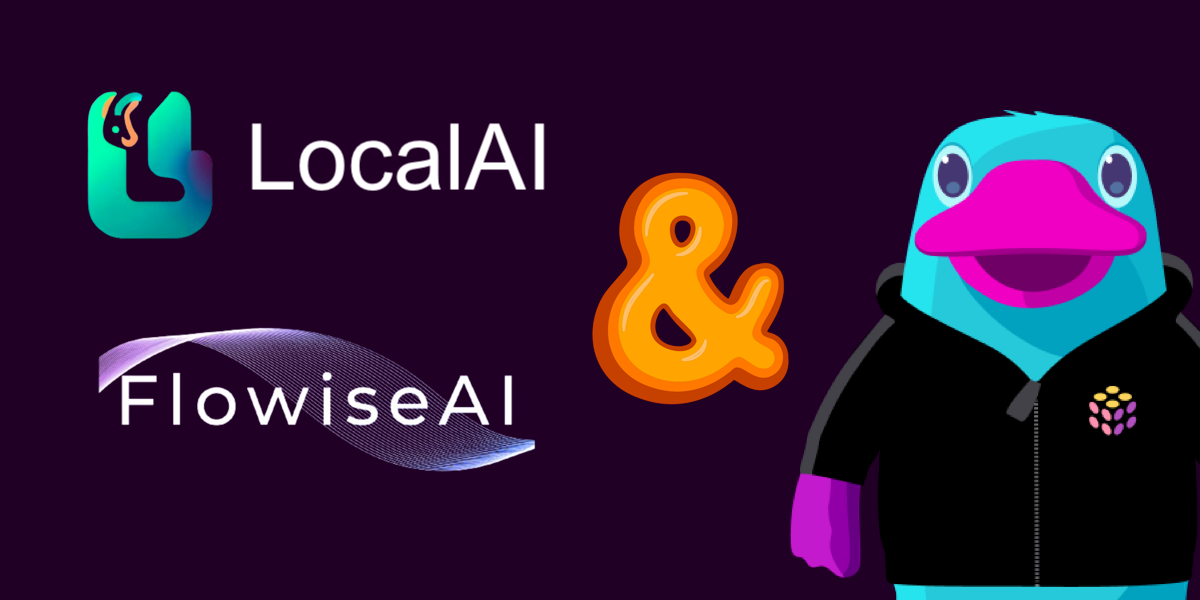Low-Code LLM Apps with LocalAI, Flowise, and Pulumi on AWS

In a previous blog post from me, we discussed how easy it is to build your 🦜️🔗 LangChain LLM application and use 🦜️🏓 LangServe and Pulumi to deploy it on an AWS Fargate cluster. We even went a step further and deployed a Pinecone index, all in a few lines of Pulumi code, to provide a vector store for our LLM application. Let me walk you this time a different path on creating a LLM applications.








